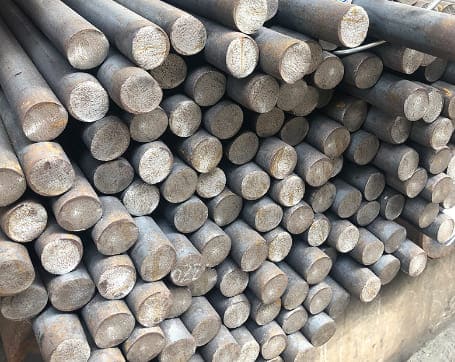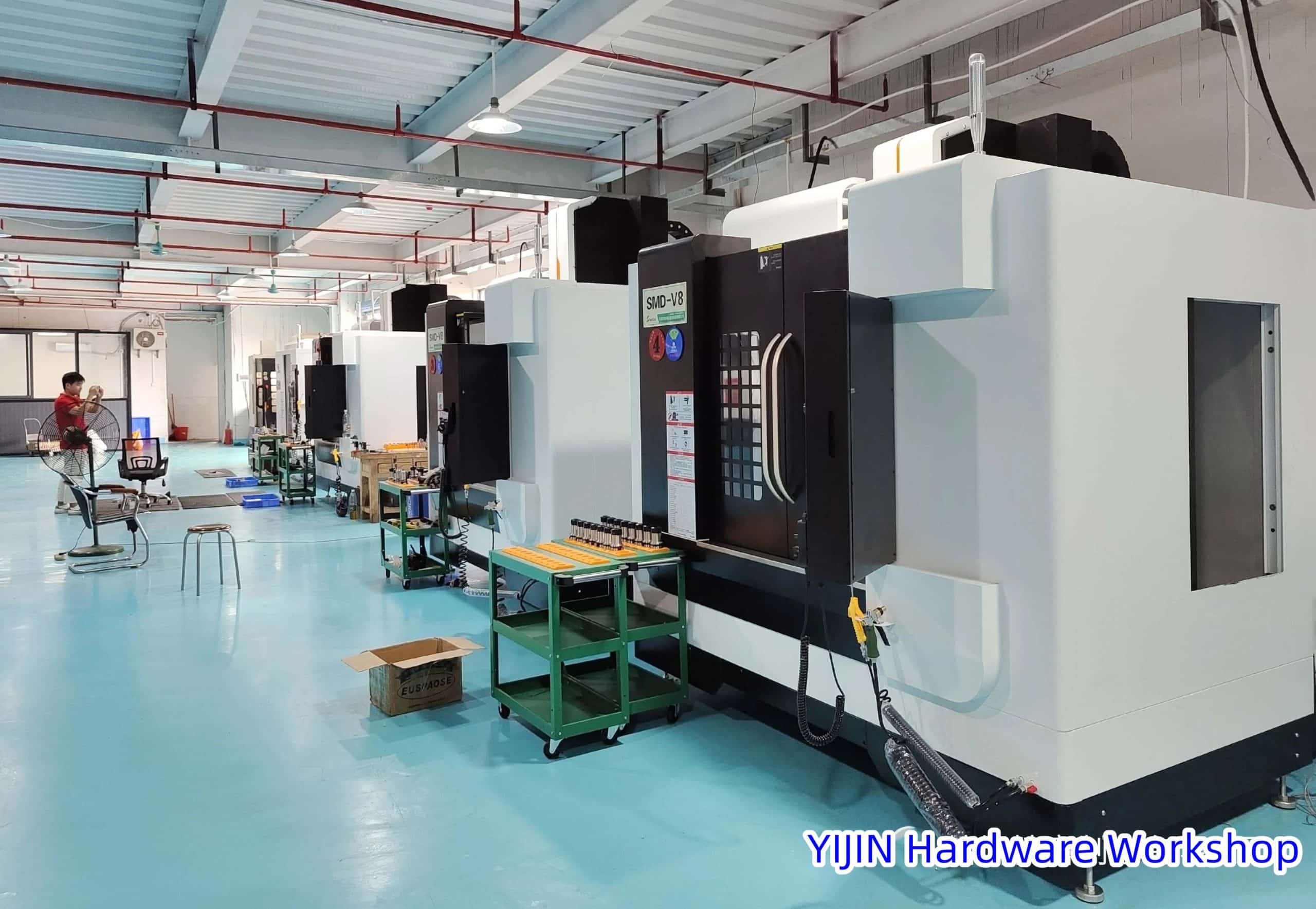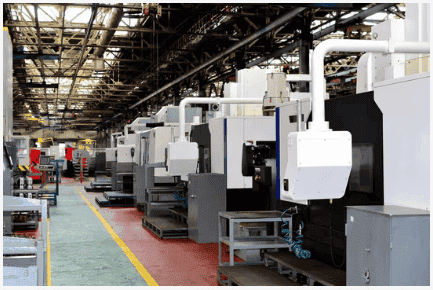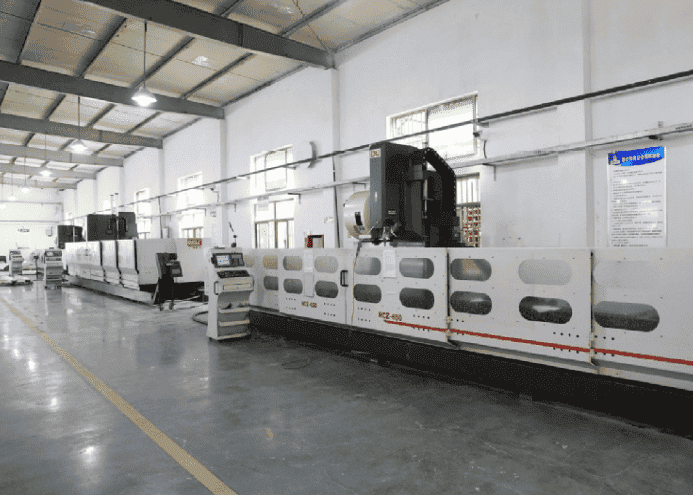Did you know?
- The largest steel structure in the world, Beijing National Stadium, was built in five years and used more than 42,000 tonnes of steel to create it.
- Steel needs only one-half the amount of energy than Aluminum to create and makes up about two-thirds of all metal products.
In the world of industrial steel, carbon steel and stainless steel are two prominent types of metal.
They are used primarily for creating items that need to withstand immense pressure.
These metals play a role in construction, industry, and manufacturing projects because they can be relied upon to get the job done without fail.
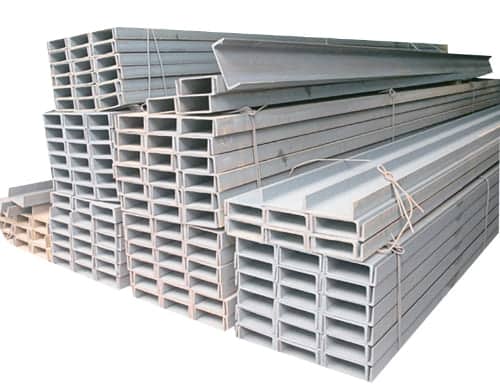
However, each type has good and bad points you need to know before deciding which one will work best for your needs.
Carbon steels differ from stainless steels mainly in referring to corrosion resistance – though both offer multiple benefits, including strength due to low levels of nickel or chromium (depending on what grade).
Before we delve deeper into this topic, let’s explore these differences below, looking at each of them and their top features individually so you can get an idea of where they come from and how they compare to one another!
A Word About the Historical Background
Carbon Steel has been around for millennia. Indeed, it makes up less than two percent of the steel supply of the whole world because of its shortcomings compared to stainless steel.
Stainless Steel has only been around for about 100 years and is popular because of its durability.
What is Stainless Steel?
Stainless steel is an iron alloy that does not rust and is highly resistant to weathering.
Although this all-encompassing metal does not rust easily but can oxidize over time due to exposure to light or harsh chemical conditions.
Unlike other metals, such as copper or nickel, which are malleable but vulnerable to breakage due to everyday forces like scratches or bends, stainless steel retains its durability while also being able to resist environmental changes in both hot and cold temperatures.
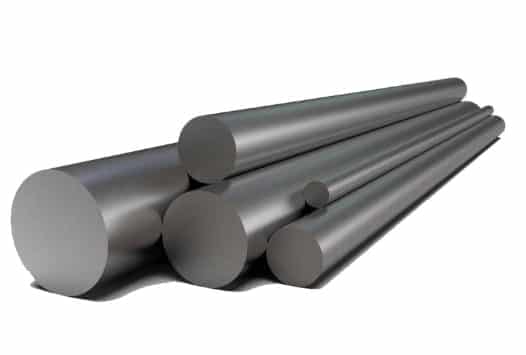
Four major types of stainless steel are:
- Austenitic stainless steel contains chromium and nickel (usually in a ratio of 18:8) and is non-magnetic.
- Ferritic Stainless Steel contains chromium but lacks nickel and has magnetic properties. It is less corrosion-resistant against austenitic stainless steel, yet more than martensitic steel.
- Martensitic stainless steel contains chromium and carbon. This metal is magnetic and can be heated to change its properties.
- Duplex: These steels are a combination of austenitic and ferritic steels and have high levels of chromium and molybdenum. They are resistant to corrosion and are often used in chemical processing and oil and gas applications.
Manufacturing Process of Stainless Steel
An electric arc furnace is used to melt the raw material, which is cast into a mold after adding alloying elements.
The stainless steel is then rolled into thin sheets and annealed to relieve stress.
Finally, the sheets are cut and formed into the desired shape to end the manufacturing process.
Top Features of Stainless Steel
Stainless steel is popular due to many key features, which include:
- Durability: Corrosion-resistant stainless steel lasts for a long time.
- Corrosion Resistance: Stainless steel remains highly resistant to corrosion, preventing rust and tarnishing.
- Ease of Cleaning: Stains from dust and grease are easily wiped off stainless steel surfaces.
- Recyclable: Stainless steel is 100% recyclable, making it a very sustainable material.
What is Carbon Steel?
Carbon steel, the most common engineering material, is a steel alloy that contains carbon as the primary alloying element.
It is strong and durable, making it ideal for a variety of applications in both industrial and construction settings.
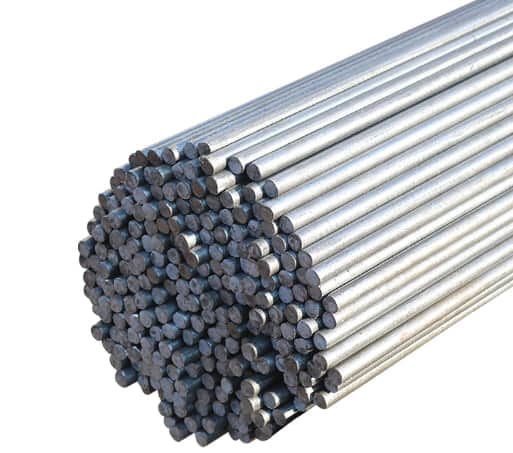
Carbon steel can be divided into three main categories, depending on the grade and purpose of the steel. Let’s dive a bit more.
- Low-carbon steel is the most common carbon steel, which contains less than 0.3% carbon.
- With 0.3% to 0.6% carbon content, medium-carbon steel is stronger than low-carbon steel but not as hard as high-carbon. This type of steel is strong and tough but not as easy to weld or work as low-carbon steel.
- High-carbon steel has more than 0.6% carbon content, making it the strongest yet brittle type of metal.
Carbon steel is significantly weaker against corrosive environments; however, it can be strengthened through various types of special processing. Though it becomes softened after being quenched or tempered, which makes it stronger, it cannot withstand harsh environments like stainless steel.
Manufacturing Process of Carbon Steel
Carbon steel is manufactured by combining iron and carbon in a furnace. The ratio of these two elements determines the category of carbon steel. Then it is cooled and formed into the desired shape.
Top Features of Carbon Steel
Carbon steel is an incredibly versatile material, and its properties can be altered through various processes. For example, heat treatment can change the hardness and strength.
- Lower cost. Since carbon steel is an alloy that contains less nickel or chromium than stainless steel, it is inexpensive. It is the most suitable low-cost option for your usage.
- Strength. Carbon steel is frequently utilized because it is hard and resistant to bending or breaking.
- Availability. In addition to being less expensive than stainless steel, carbon steel is also more widely available. This makes it the logical choice for many applications, including ones where a specific alloy isn’t needed.
What Is The Difference?
Corrosion-Resistance
Corrosion resistance is the most notable difference between these two materials.
Stainless steel is less susceptible to rust than carbon steel, making it more desirable for outdoor and marine applications.
Price Difference
Stainless steel is more expensive than carbon steel because of the extra processing and refining it requires.
In addition, stainless steel is derived from nickel and chromium, which are more expensive than iron, the main component of carbon steel.
While purchasing stainless steel, it’s vital to know what grade you’re getting, which is determined by how much nickel or chromium is in the steel.
The more these two elements are present, the higher the corrosion resistance.
Carbon steel has low levels of nickel and chromium, however. As such, it has very little corrosion resistance.
Visual Difference
Carbon steel is often a dark gray or black color. Stainless steel has a shiny appearance, with different finishes available.
Carbon steel and stainless steel will scratch over time, but scratches on stainless steel will be less noticeable due to its shiny surface.
Mechanical Properties Difference
Carbon steel tends to be stronger and less flexible than stainless steel. Although some less flexible grades of stainless steel are available, stainless steel is quite pliable.
Chemical Properties Difference
Carbon steel can be affected by chemicals, including acids and alkaline solutions.
But stainless steel is known for being resistant to acids and alkaline solutions, as the chromium in stainless steel creates an invisible layer of oxide on the surface of the steel. This oxide layer helps to protect it from corrosion.
Magnetic Properties Difference
Carbon steel is strongly magnetic, whereas stainless steel is not magnetic. This is due to the higher nickel and chromium content in stainless steel, which reduces its magnetic properties.
There are also differences in strength, hardness, and how these metals are welded.
Carbon steel is more difficult to weld than stainless steel because it is less ductile.
Moreover, carbon steel offers better resistance to notch toughness because it is easier to bend and shape than other types of steel.
Applications of Stainless Steel
Due to its excellent resistance to corrosion and ability to withstand extreme temperatures, stainless steel is widely used in the food and beverage industry.
Manufacturers use it to make pieces of equipment such as tanks, vats, drums, pipes, and gaskets.
It is also used in the chemical, marine, construction, and mining industries. This is often used in construction, mining, and marine applications because it doesn’t corrode as easily.
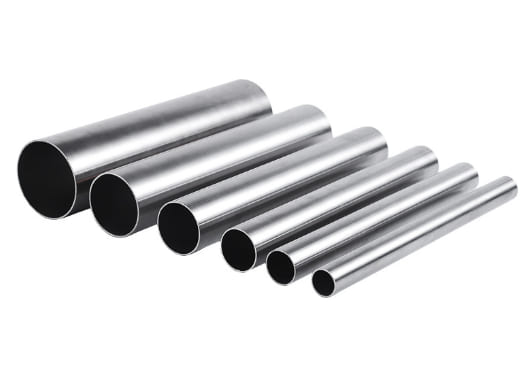
Applications of Carbon Steel
Carbon steel is used in the engineering industry, as well as architecture. It is used in construction due to its low cost and availability.
Carbon steel is also used in manufacturing machine tools, automotive parts, and construction projects due to its low cost and widely available raw materials.
Carbon steel is used as gaskets and as a shim stock in construction.
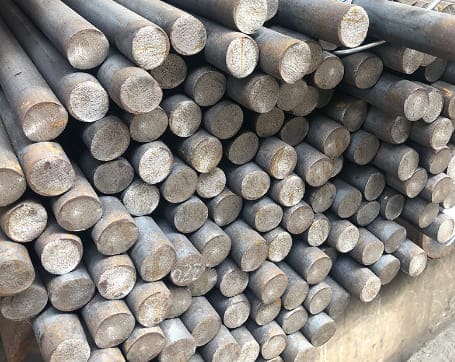
Pros and Cons of Using Stainless Steel
Stainless steel is a durable material that can withstand high temperatures and pressure.
It is less expensive than platinum or gold and is anti-allergenic. Stainless steel offers several advantages when compared to other materials for jewelry, such as its resistance against rusting and the lack of need for polishing.
However, this metal has less flexibility than gold or silver, so it is not recommended for costume pieces or heavy items.
Pros and Cons of Using Carbon Steel
Carbon steel is hard and versatile, ideal for projects that require solidity. It has a lower melting point than stainless steel, which makes it easier to weld.
Carbon steel is also less expensive than stainless steel, making it a less expensive option for specific applications.
Carbon steel is not ideal for people allergic to iron, as it contains a small amount of iron. Being less durable than stainless steel, it does not have the same lifespan.
Which One Should You Choose?
Projects will call for different materials. The best way to determine is to consider your budget, the type of maintenance required, and the environment where the project will be used.
In general, stainless steel can be used for most projects, but certain types of carbon steel may be better for specific ones, like those in a marine environment or used to process water.
When it comes down to it, both types of steel are great options, and each has its own unique benefits as described above.
Care and Maintenance Needs of Stainless Steel and Carbon Steel
Stainless steel is easier to clean and maintain than carbon steel which requires special treatment and coating against rust including oil-based spray uses.
Carbon steel is commonly used in water treatment facilities and the oil industry for its excellent corrosion resistance.
While stainless steel is resistant to corrosion, it is not immune to it. To maintain its shine and avoid rust, you should clean and dry your stainless steel product immediately after use.
When washing items made with stainless steel, avoid using harsh chemicals that can cause rust.
How To Store Industrial Steel Products?
When storing items made with carbon steel and stainless steel, it’s vital to keep them away from moist environments.
You should also avoid storing food in stainless steel containers and dishes, as it can leave a residue that can cause staining and rust. This will help prevent rust and corrosion.
Carbon steel, however, should be stored with oil or grease to avoid rusting.
Carbon steel should not be stored in an oxidized state, while stainless steel can withstand oxidation without rusting.
Key Takeaways
When selecting the appropriate metal for a project, it’s vital to know the advantages and disadvantages of each type of steel. While both offer advantages, stainless steel offers greater corrosion resistance and is more flexible, whereas carbon steel is stronger.
There are many differences between stainless steel and carbon steel, but the main one is that stainless steel is less likely to rust than carbon steel.
They can also be used in different applications, depending on your needs. Stainless steel is more expensive and less ductile than carbon steel, but it is also more resistant to corrosion and can withstand higher temperatures.
Carbon steel, in contrast, is less expensive and more easily welded, but it requires more maintenance than stainless steel and does not have the same lifespan.
Guess you like: Stainless Steel Vs Galvanized Steel: What’s The Difference?
 Call Us Today! (+86) 188-2253-7569
Call Us Today! (+86) 188-2253-7569